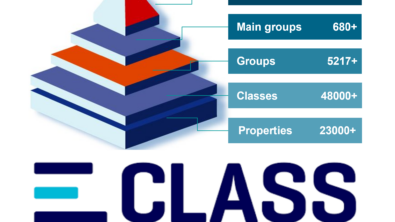Using DITA 1.3 in Teamcenter Technical Publishing

DITA (Darwin Information Typing Architecture) is one of the most widely used information models for authoring and publishing data in XML. Originally introduced for software documentation, the standard has been continually developed to cover other sectors like the machinery industry as well. DITA is a file-based architecture, but can also be used in content management systems. The current version of the standard is DITA 1.3.
With its latest release issued in October 2017, Technical Publishing supports the use of DITA 1.3. An implementation of the standard’s Technical Content Edition has been included in the pre-configured administration package, which can be used to set up a new installation of the system. It is, however, also possible to implement the DITA 1.3 DTDs in an existing configuration if you have upgraded to Technical Publishing 2.6.
 DITA 1.3 Troubleshooting topicsDITA 1.3 opens a number of new possibilities for Technical Publishing authors. Most significant is a new topic type for troubleshooting. Aimed at providing help in case of known problems, the topic starts by describing an undesired behavior as experienced by the user (condition). Following that, the reason for this behavior is explained (cause) and the user is told what to do to solve the issue (remedy). As the initial condition can be the symptom of several problems, multiple causes and remedies are allowed. In addition to the new topic type, troubleshooting information can also be embedded in tasks and descriptions.
DITA 1.3 Troubleshooting topicsDITA 1.3 opens a number of new possibilities for Technical Publishing authors. Most significant is a new topic type for troubleshooting. Aimed at providing help in case of known problems, the topic starts by describing an undesired behavior as experienced by the user (condition). Following that, the reason for this behavior is explained (cause) and the user is told what to do to solve the issue (remedy). As the initial condition can be the symptom of several problems, multiple causes and remedies are allowed. In addition to the new topic type, troubleshooting information can also be embedded in tasks and descriptions.
Another important feature available is the hazardstatement element. Introduced with DITA 1.2, the element is designed to contain warning information based on ANSI Z535 and ISO 3864. In accordance with these and other regulations, authors can select the severity and specify the type of the hazard in question (typeofhazard).  DITA hazard elementIt is possible to add a graphic representing the hazard (hazardsymbol) and describe the consequences of failing to avoid it (consequence). How this is done is described in one or more short instructions (howtoavoid). The new element can be used to replace the note element where something more standardized is required.
DITA hazard elementIt is possible to add a graphic representing the hazard (hazardsymbol) and describe the consequences of failing to avoid it (consequence). How this is done is described in one or more short instructions (howtoavoid). The new element can be used to replace the note element where something more standardized is required.
DITA 1.3 also introduces a number of new domains like MathML or SVG. These are designed to enable specialized markup and provide numerous elements to include the respective content. Some new features are not supported in Technical Publishing. Scoped keys and branch filtering, for example, are based on authoring DITA maps, and the latter is somewhat redundant with classification functionality. Teamcenter Technical Publishing provides mechanisms for both, which can be done automatically in the system, without editing the XML.
About the author:
 Helmut Hinck is a technical writer and internal consultant with several years of experience in Teamcenter Technical Publishing. His focus is on simplifying intricate user tasks and promoting the user perspective in complex IT environments.
Helmut Hinck is a technical writer and internal consultant with several years of experience in Teamcenter Technical Publishing. His focus is on simplifying intricate user tasks and promoting the user perspective in complex IT environments.


